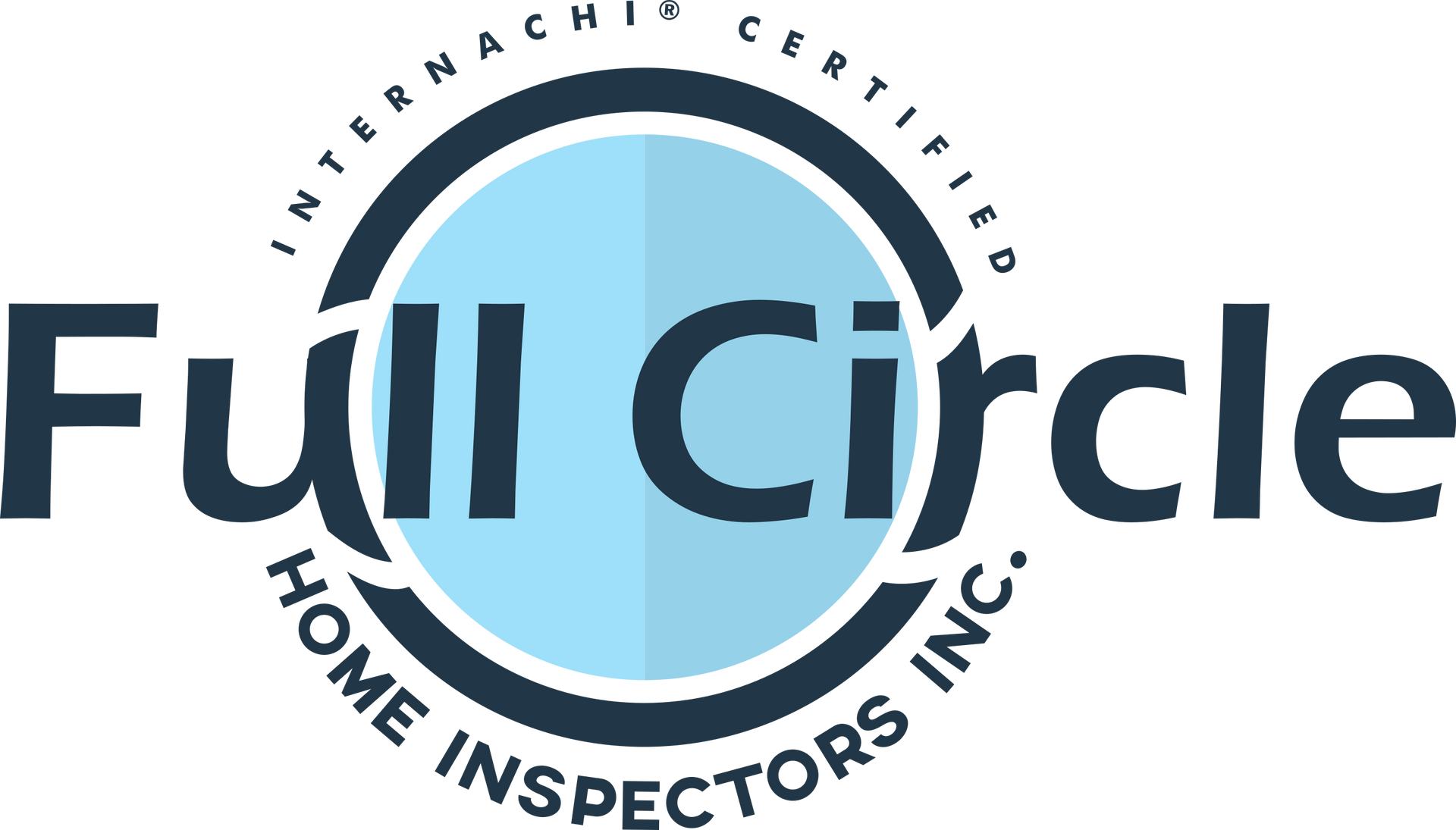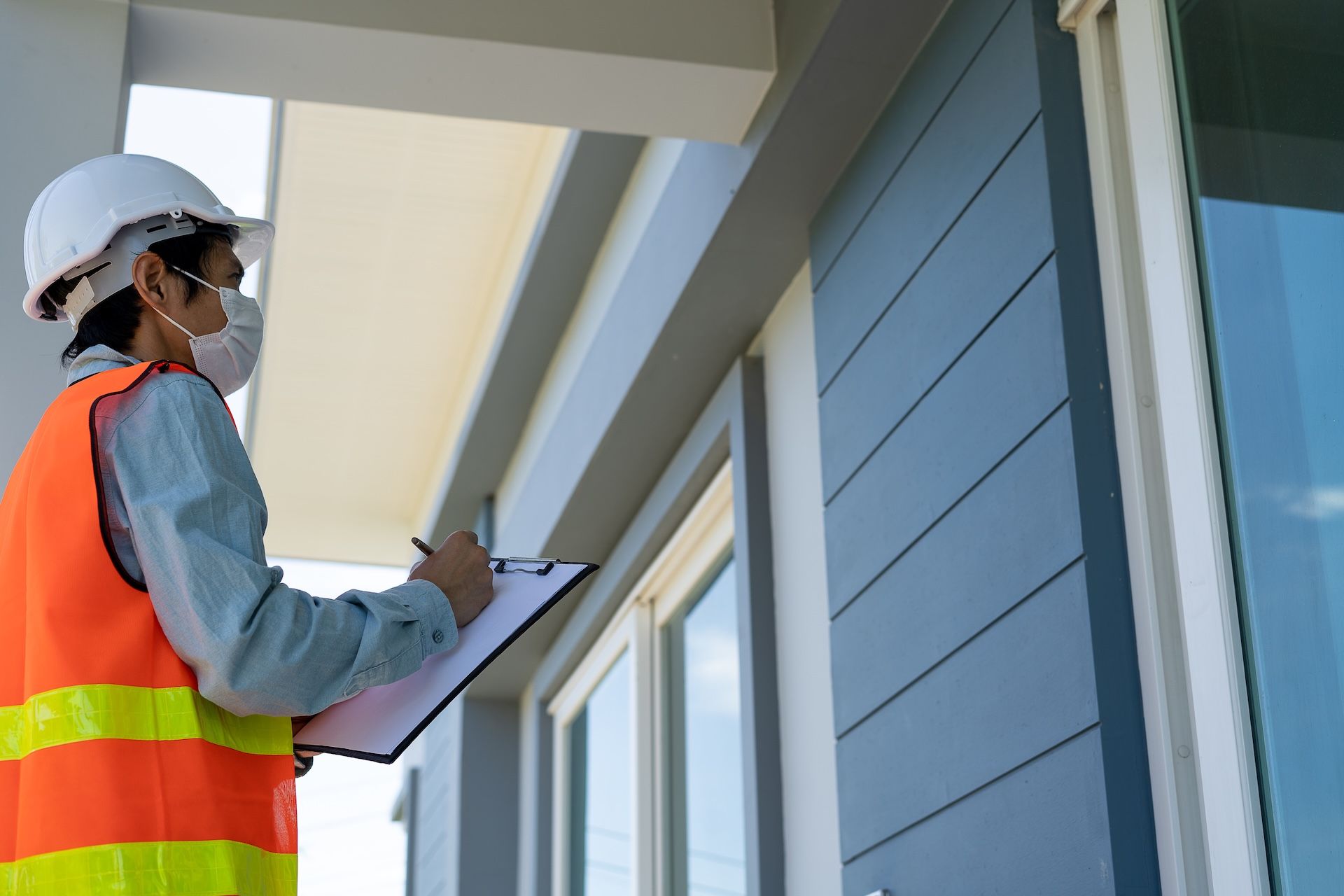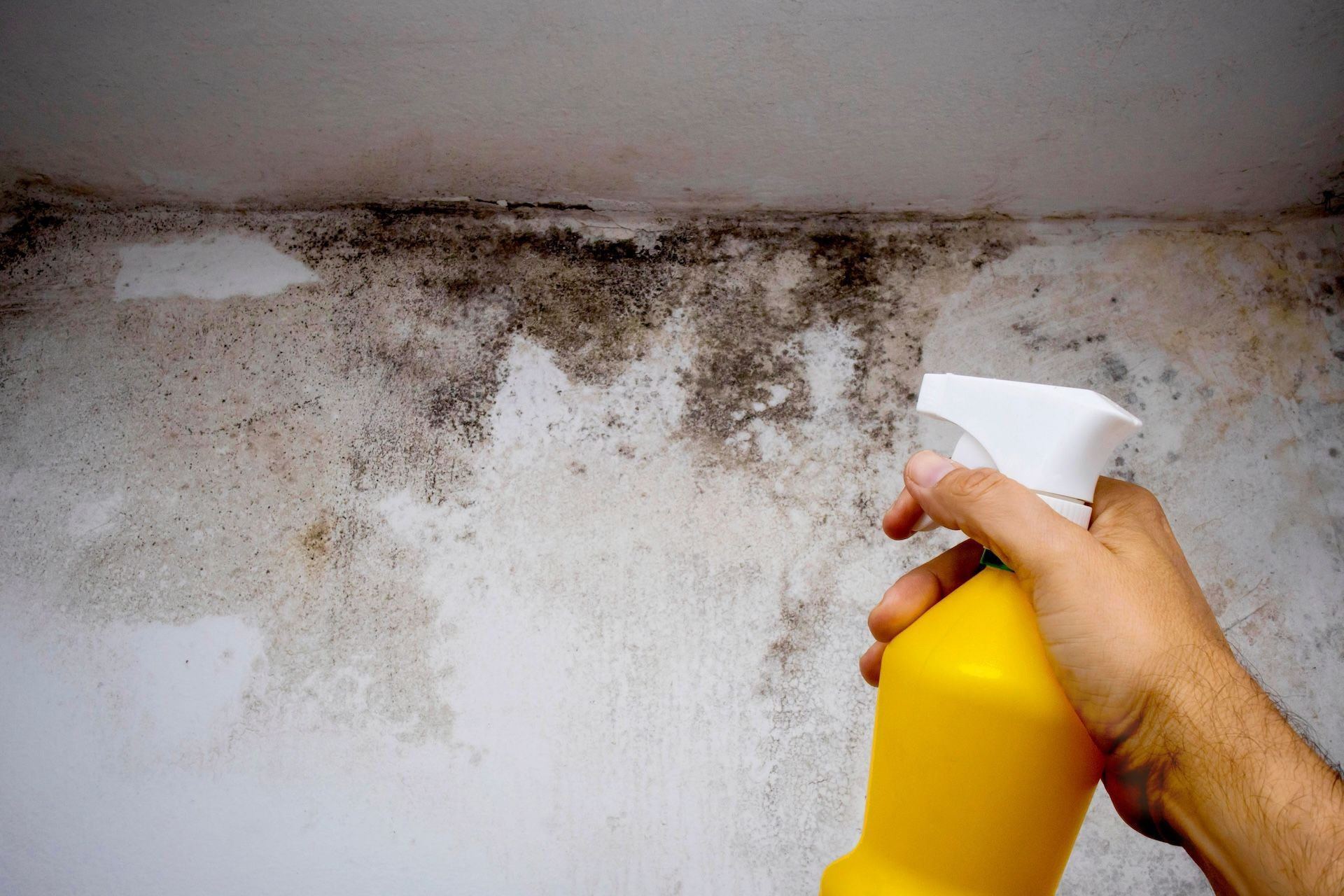Top 10 Common Home Inspection Red Flags Every Homebuyer Should Know
Did you know that more than 80% of home inspections uncover at least one issue that needs repair? For many homebuyers in the USA, this statistic comes as a shock. A home may look perfect on the outside, but hidden problems can turn what seems like a dream property into a financial nightmare. This is why knowing the most common home inspection red flags is critical before closing on a deal.
Whether you’re buying your first home or upgrading to your forever property, understanding what to watch out for during an inspection can save you time, stress, and money. Let’s explore the top 10 red flags that every homebuyer should know.
1. Foundation Cracks and Structural Problems
The foundation is the backbone of any home. Large cracks in the walls, sloping floors, or doors that don’t close properly can all point to structural issues. These repairs are expensive and often require specialists. If the inspector reports foundation problems, consider it one of the biggest home inspection red flags.
Tip: Small hairline cracks are common and usually harmless, but wide cracks or uneven settling need immediate attention.
2. Roof Damage or Aging Roofs
Roofs take the brunt of weather in the USA—snow, rain, hail, and strong sun. Missing shingles, leaks, or signs of sagging are red flags that the roof may need repair or replacement soon. A new roof can cost tens of thousands of dollars, so this is something you can’t afford to ignore.
Tip: Ask when the roof was last replaced and check if it’s still under warranty.
3. Plumbing Problems
Leaky pipes, low water pressure, or signs of water damage can all signal serious plumbing issues. Older homes may also have outdated piping materials like lead or polybutylene, which can fail unexpectedly.
Tip: Look for water stains on ceilings, walls, or under sinks. These are clear signs of hidden plumbing concerns.
4. Electrical Hazards
Faulty wiring isn’t just an inconvenience—it’s a fire risk. Home inspectors often find outdated electrical panels, overloaded circuits, or exposed wiring. These home inspection red flags are not only dangerous but can also be costly to bring up to code.
Tip: In older homes, ask if the electrical system has been upgraded to handle modern appliances and electronics.
5. HVAC System Issues
Heating, ventilation, and air conditioning systems (HVAC) keep your home comfortable year-round. If the system is old, poorly maintained, or not working efficiently, you could be facing high repair or replacement costs soon after moving in.
Tip: Ask for service records. Regular maintenance is a good sign the system has been cared for.
6. Water Damage and Mold
One of the most concerning home inspection red flags is water damage. It can weaken the structure and lead to mold growth, which poses health risks. Mold often appears in basements, attics, or around windows where moisture builds up.
Tip: A musty smell is often the first sign of hidden mold. If detected, further testing may be necessary.
7. Poor Drainage and Grading
If water doesn’t flow away from the home properly, it can pool around the foundation, leading to cracks, leaks, and flooding. Poor grading is a red flag that can cause long-term damage if not addressed.
Tip: Check the yard after heavy rain. Standing water near the house is a bad sign.
8. Pest Infestations
Termites, carpenter ants, and rodents are not just annoying—they can cause major structural damage. Evidence of pests, such as droppings, chewed wood, or hollow-sounding beams, should never be ignored.
Tip: A separate pest inspection may be needed to fully assess the situation.
9. Asbestos, Radon, and Other Environmental Hazards
In older homes, materials like asbestos and lead paint are common. Radon, a naturally occurring gas, can also seep into homes and cause health issues. These hazards may not always be obvious, but they are serious red flags.
Tip: Ask about environmental testing results if you’re buying an older property.
10. Poor DIY Repairs or Renovations
Not all home upgrades are done professionally. Sloppy wiring, uneven flooring, or poorly installed plumbing are signs of bad DIY work. These problems may not only look bad but can also be unsafe.
Tip: Look for permits on major renovations. This helps confirm that upgrades were inspected and approved.
Why These Home Inspection Red Flags Matter
Buying a home is one of the biggest investments you’ll ever make. While no house is perfect, these home inspection red flags highlight issues that could cost you thousands of dollars down the line. Spotting them early helps you:
- Negotiate repairs or a lower price
- Decide if the home is worth buying
- Protect your health and safety
- Plan future maintenance costs
A detailed inspection gives you the knowledge to make a smart, confident decision.
Final Thoughts
A beautiful home can hide costly secrets. By knowing the top 10 home inspection red flags, you’ll be better prepared to spot issues and avoid unexpected expenses. Always work with a certified home inspector who can give you an unbiased report on the property’s true condition.
Ready to schedule a thorough home inspection you can trust? Contact Full Circle Home Inspectors today to protect your investment with confidence.
FAQs About Home Inspection Red Flags
What are the biggest red flags in a home inspection?
The most serious red flags include foundation issues, roof damage, mold, water damage, and faulty electrical systems. These can be expensive to fix and may affect the safety of the home.
Should I walk away from a house with home inspection red flags?
It depends on the severity of the issues. Some problems can be fixed or negotiated with the seller, but major structural damage or environmental hazards may be deal-breakers.
How much does it cost to fix common home inspection red flags?
Costs vary. Small repairs like replacing plumbing fixtures may be affordable, but larger issues like a new roof or foundation repair can run into thousands of dollars.
Can I ask the seller to fix red flags before closing?
Yes. Buyers often negotiate repairs or request credits toward closing costs when serious problems are found. A trusted inspector’s report gives you leverage in these discussions.
Do all homes have red flags during inspection?
Almost every home has some issues, even new construction. The key is identifying which problems are minor and which are serious red flags that could impact your decision.
Disclaimer: The information on this website and blog is for general informational purposes only and is not professional advice. We make no guarantees of accuracy or completeness. We disclaim all liability for errors, omissions, or reliance on this content. Always consult a qualified professional for specific guidance.







